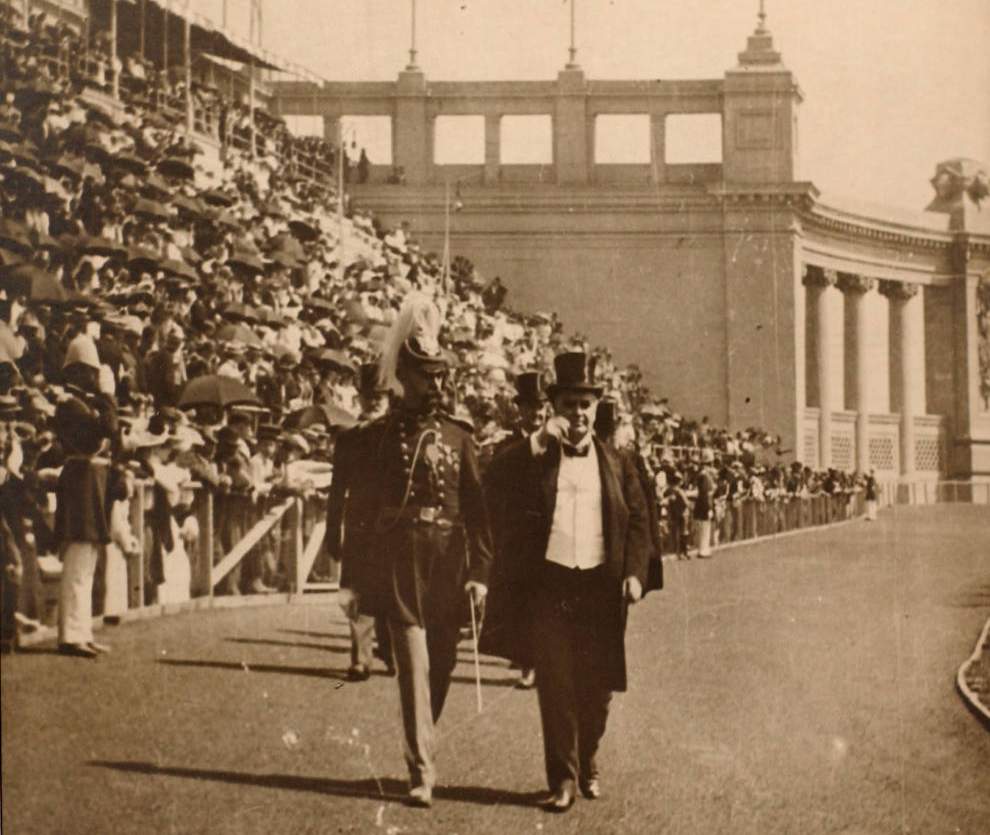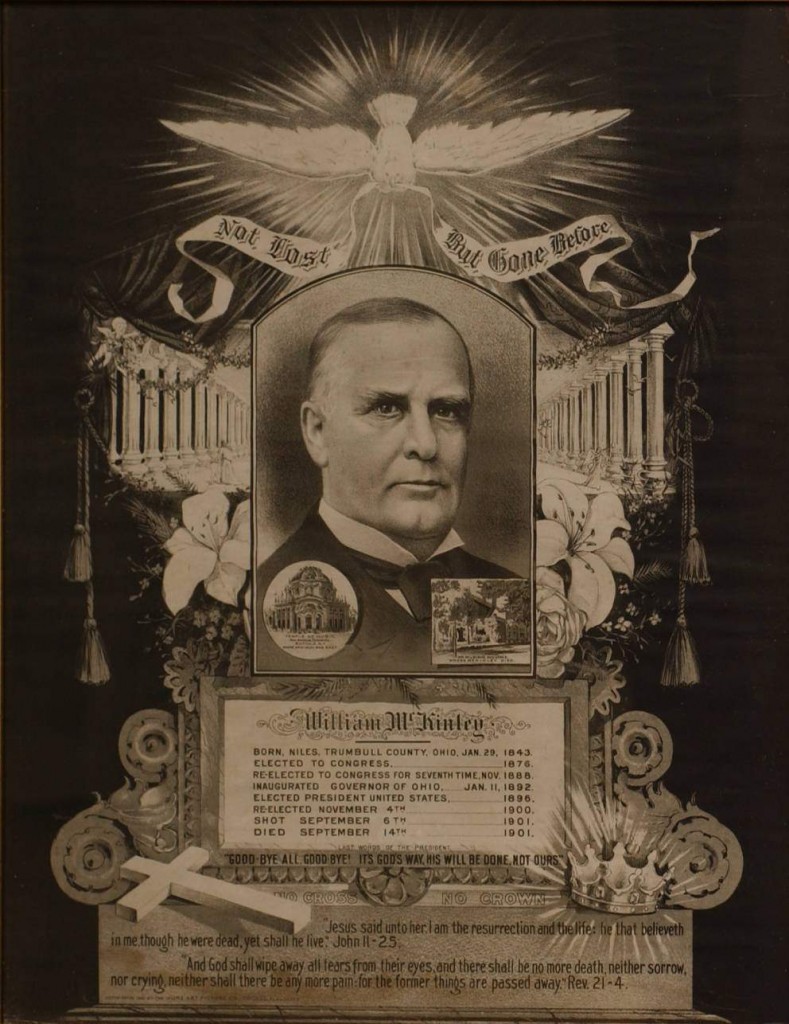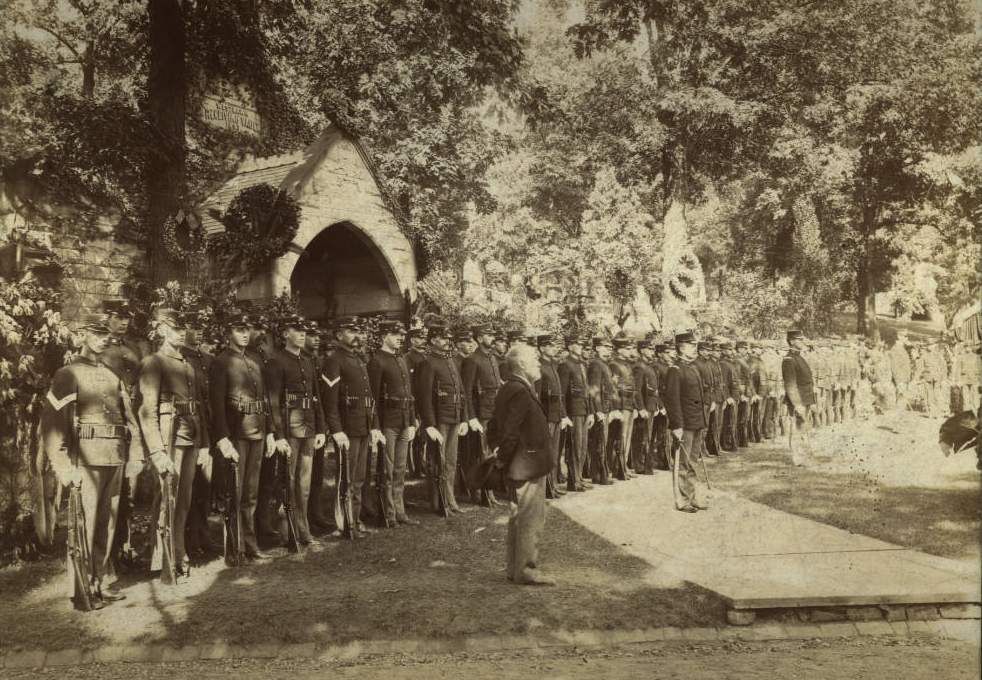The McKinley Assassination

Yesterday, September 6th, was a significant day in Ohio’s presidential history, as well as America’s–it marked the assassination of President William McKinley by anarchist Leon Czolgosz while at the Pan-American Exposition in Buffalo, New York. Just six months after his inauguration for a second term as president, McKinley was visiting the Exposition in September of 1901 when he was shot by Czolgosz during a public reception. Though he initially appeared to be recovering well, his health took a turn for the worse and he succumbed to his injuries in the early morning hours of September 14th. His death meant the third successful presidential assassination in our country’s history, and the second for a president from Ohio.

McKinley was born in Niles, Ohio, in 1843. He enlisted in the army at the outbreak of the Civil War and, after being mustered out, studied law and opened a law office in Canton, Ohio. After serving in the U.S. Congress for 14 years and as Ohio’s governor from 1892 through 1896, he successfully ran a “front porch” campaign for the presidency in 1896. His first term was noted for a successful return to prosperity after the Panic of 1893 and for the United States’ victory in the Spanish-American War.
Touring the country following his reelection, McKinley made the trip to Buffalo where he intended to pass several days. His schedule included a speech to fair-goers at the Exposition on September 5th, a trip to Niagara Falls, and a brief reception for the public to be held at the fairgrounds’ Temple of Music.
Despite his secretary George Cortelyou’s anxieties, McKinley was unconcerned with his personal security. The reception passed without incident while he shook hands with a procession of citizens, including a young girl who asked McKinley for his signature red carnation that he wore in his lapel for luck. He complied. As the line dwindled, Czolgosz appeared with a revolver concealed in a bandage he wore around his right hand. McKinley was reaching to shake his left hand instead when Czolgosz fired twice, striking the president in the abdomen at very close range.

The assassin, Leon Czolgosz, was immediately tackled and taken into custody. A 28-year-old from Cleveland, Czolgosz was the son of Polish immigrants and had lost his factory job during the Panic of 1893. In the decade since, he worked irregularly and became a follower of anarchism, particularly its violent forms. He was a great admirer of anarchist Emma Goldman, even visiting her home in Chicago to speak with her, and declared that despite her non-violent stance, she was a great influence on his beliefs. Believing that President McKinley represented unjust rule, Czolgosz devised a plan to assassinate him during the Exposition in Buffalo.
After McKinley’s apparent recovery and rapid decline and death, Czolgosz was quickly put on trial and sentenced to death. He was executed by electrocution on October 29th, just six weeks after McKinley died.

In the wake of his assassination, memorials to the fallen president abounded, including a poem by Ohio poet Jessie Brown Pounds, funeral processions, and of course, the creation of the McKinley Memorial in Canton, completed in 1907. Two of his lasting contributions include far more vigilant security for U.S. presidents over the past century, and the selection of the red carnation as Ohio’s state flower in 1904. Visit Ohio Memory to learn more about McKinley’s life and legacy as we honor one of Ohio’s native sons who was “Not Lost, But Gone Before.”
Thanks to Lily Birkhimer, Digital Projects Coordinator at the Ohio History Connection, for this week’s post!



Leave a Reply
You must be logged in to post a comment.